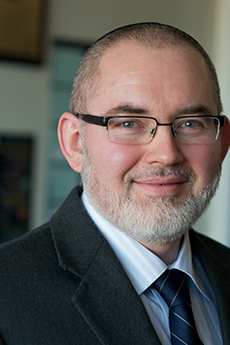Engineered materials and novel biological processes have the potential of addressing global challenges, ranging from hunger to life-threatening diseases. SEAS faculty that will tackle the fundamental aspects, engineering and techniques to demonstrate and implement the novel concept of adaptive plasma systems that are able to adjust their delivery of reactivity to produce a desired cellular and tissue response and real-time surface monitoring.
Creating a plasma-based platform capable of engineering biological systems is a complex undertaking that requires advances in several fields including plasma chemistry, novel surface architectures, and biomedical, chemical, agriculture and computer science & engineering. Designed biological processes and living systems will enable radical reductions in the production cost of critical biological compounds, including engineered tissues, artificial joints & hormones, antibodies, cancer specific markers, autoimmune serums, etc., as well as combating diseases and aging.
Currently, this project is supported by an NSF Industry-University Cooperative Research Center directed by Professor Michael Keidar, a pioneer in cold plasma research and the A. James Clark Professor of Engineering in the School of Engineering and Applied Science. In addition, in 2020, George Washington University entered a $3.2 million corporate research agreement with US Patent Innovations, LLC (USPI) to support further development of adaptive cold plasma devices for cancer therapies and explore using these devices to combat the spread of COVID-19. University-corporate partnerships like this expand research and its real-world impact by creating a bridge between basic and translational research.
Designed biological processes and living systems will enable radical reductions in the production cost of critical biological compounds, including engineered tissues, artificial joints & hormones, antibodies, cancer-specific markers, autoimmune serums etc. as well as combating diseases (cancer, HIV etc.) and aging. Low-temperature plasma interactions with biological surfaces and living tissues provide unique engineering platforms which enable real-time adaptation of plasma’s biological-controlling capabilities while selectively enhancing biological functions.


